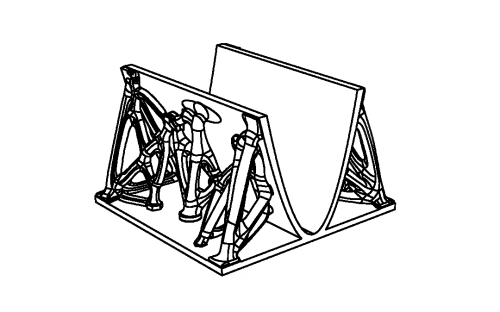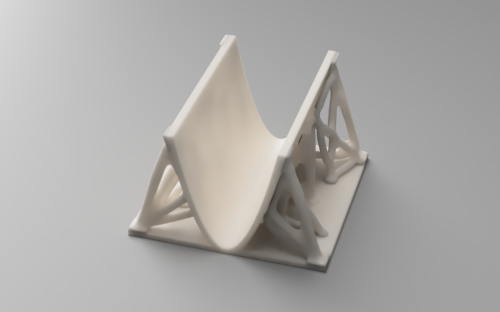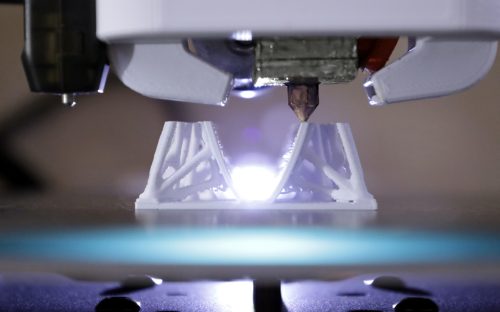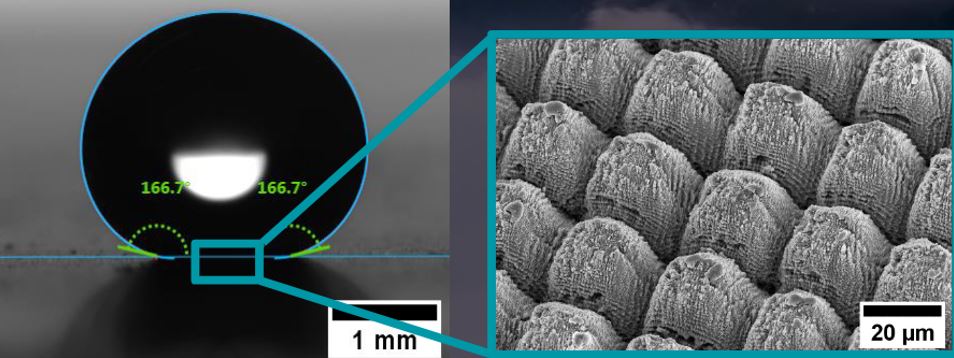Innovative Solutions: Exploring Advanced Technologies in Research and Development
Welcome to our exploration of cutting-edge technologies driving innovation in research and development. Through advanced imaging, rapid prototyping, precision characterization, and efficient programming, we showcase how these pillars converge to empower multifaceted research endeavors. From characterizing drop impacts to automating machine control, join us as we unveil the transformative power of technology in driving groundbreaking discoveries across diverse scientific domains.
Here is a short overview of methods we implement into our work routine:
Advanced (High Speed) Imaging Solutions for Multifaceted Research
At our company, we utilize high-end high-speed cameras for multifaceted research purposes. These include characterizing drop and particle impacts, analyzing material behavior during shaker tests, studying projectile dynamics in ballistic testing, examining mechanical movements, and conducting flow visualization in wind tunnels or sprays. The advanced imaging capabilities of these cameras enable us to capture intricate details with precision, fostering groundbreaking discoveries across diverse scientific domains.
Additionally, we develop proprietary in-house software to analyze the captured physical phenomena, allowing us to extract comprehensive information that would otherwise be unattainable. (See “Efficiency Through Programming: Streamlining Operations and Enhancing Innovation” below)

True Rapid Prototyping: Integrating CAD and 3D Printing in Product Development
By seamlessly integrating Computer-Aided Design (CAD) into our workflow, we extend the efficiency to construction projects, allowing for precise prototyping and visualization of mechanical designs, amplifying our capabilities to meet diverse customer demands.
This efficiency seamlessly transitions to our rapid prototyping endeavors, where 3D printing, utilizing both fused filament fabrication (FFF) and Stereolithography (SLA) technologies, revolutionizes our approach to product development and research. From crafting custom holders and brackets to fabricating intricate tooling components, the versatility of 3D printing empowers us to swiftly iterate and refine designs with precision. This streamlined process not only accelerates our internal research and development efforts but also enables us to provide tailored solutions to our customers, meeting their unique research needs efficiently and effectively.



Precision Characterization: Advancing Surface and Material Analysis
We employ advanced techniques to characterize surfaces and materials with precision and depth. Through methods such as wettability testing, we assess how liquids interact with surfaces, providing crucial insights into surface energy and adhesion properties. Furthermore, roughness analysis allows us to quantify surface texture and topography, providing valuable data for our surface research applications such as for passive Ice Protection Systems or erosion progression. Additionally, by utilizing state-of-the-art microscopy, including Scanning Electron Microscopy (SEM), we delve into the microstructure of materials, revealing details at the nanoscale level. This enables us to examine surface morphology, identify defects, and analyze patterns or particle distribution with unparalleled clarity.
By harnessing these characterization methods, we gain a comprehensive understanding of surfaces and materials, facilitating informed decision-making and driving innovation across diverse industries.

Efficiency Through Programming: Streamlining Operations and Enhancing Innovation
With the power of programming we optimize our processes for maximum efficiency across various facets of our operations. Through custom-written programs, we streamline data processing and analysis, extracting valuable insights swiftly and accurately. Moreover, by integrating programming with microprocessors (such as Raspberry Pis and Arduinos), we automate machine control, enhancing precision and consistency in our research endeavors.



